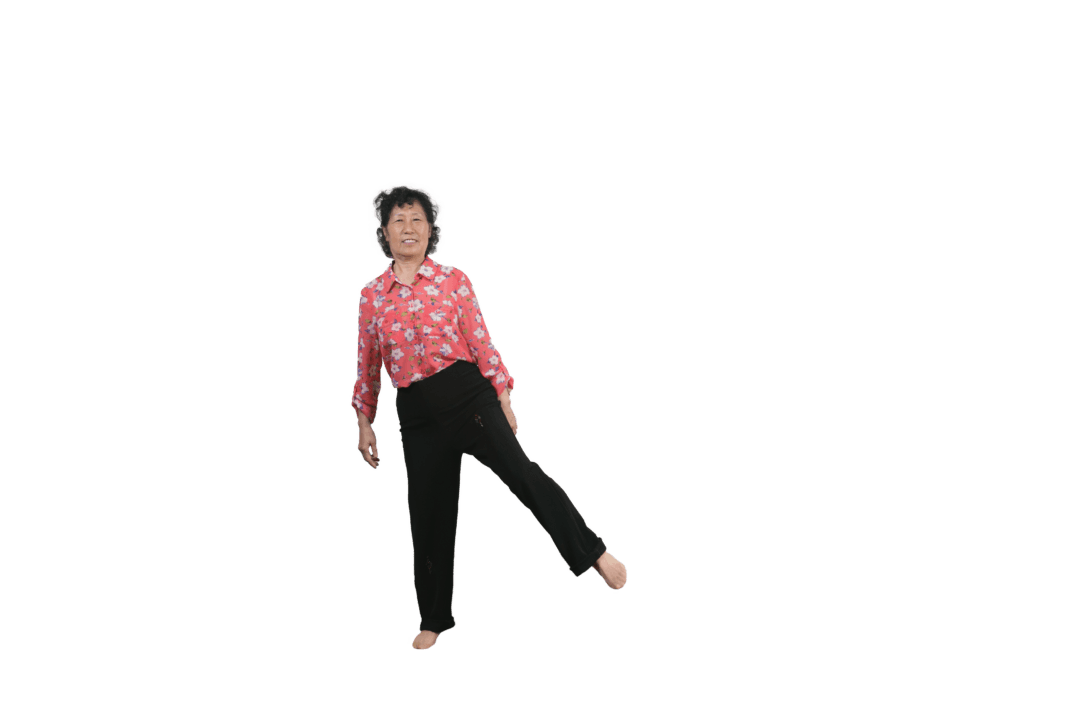Climbing is an adventurous sport that requires specific skills and deep concentration. It is important to train both the body and mind in order to climb safely and efficiently. Training reduces the risk of injury and prepares the muscles and connective tissues for the stress of climbing.
Here are some exercises you can do off the rock wall to prepare yourself for the real thing.
Crawling stimulates every system needed for climbing.



